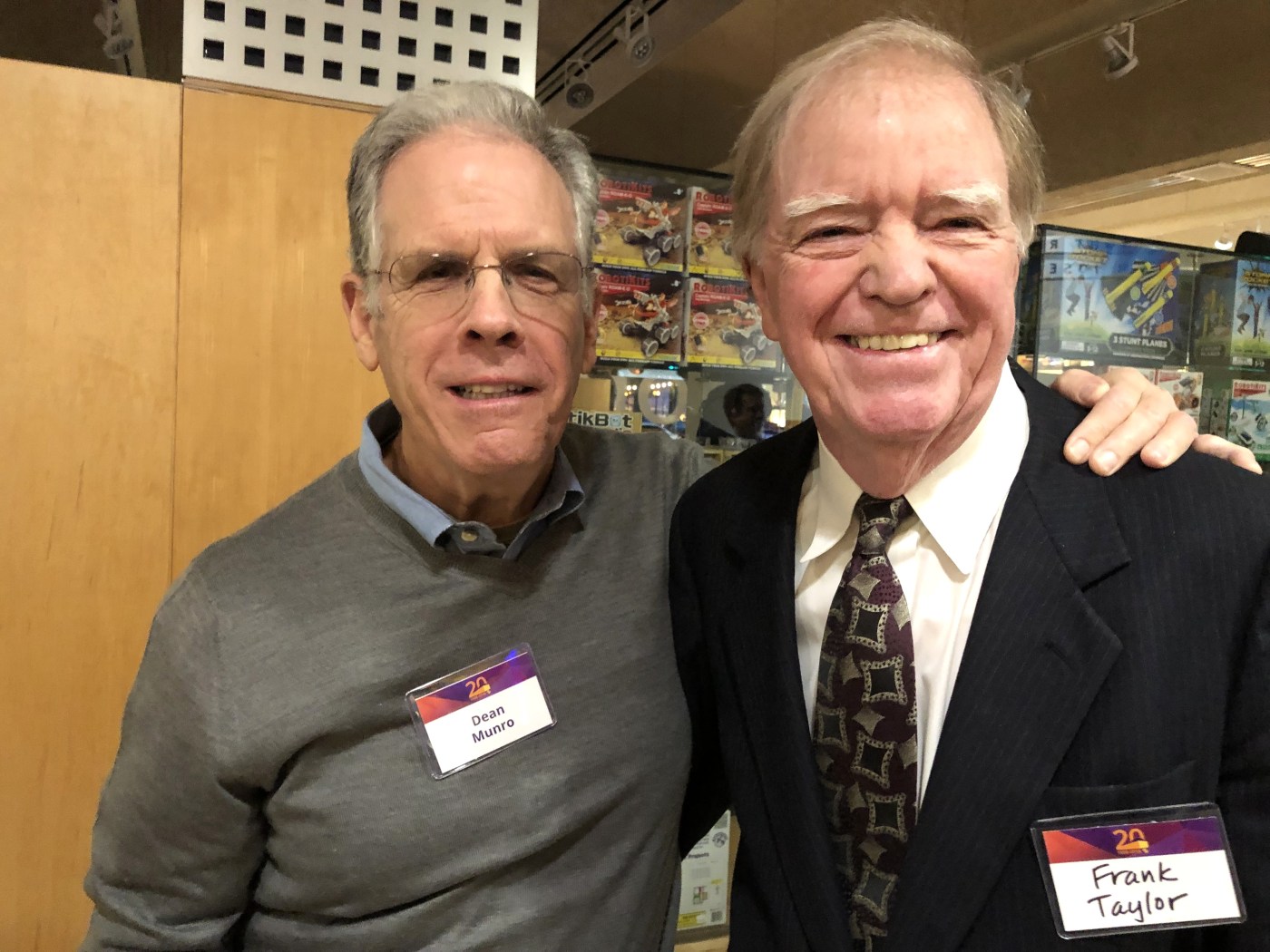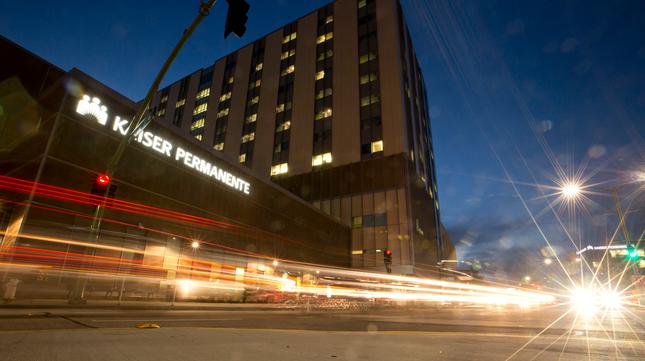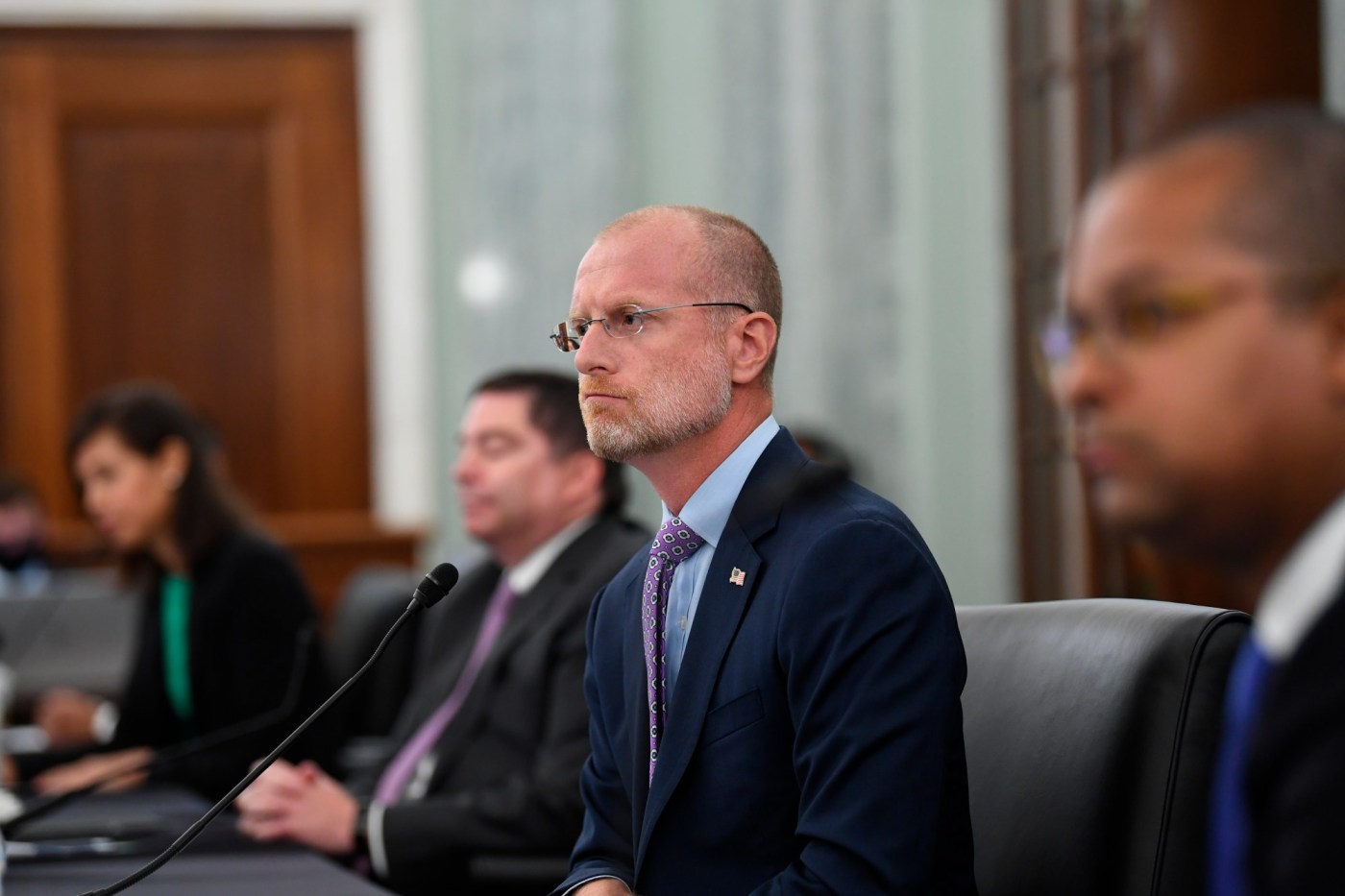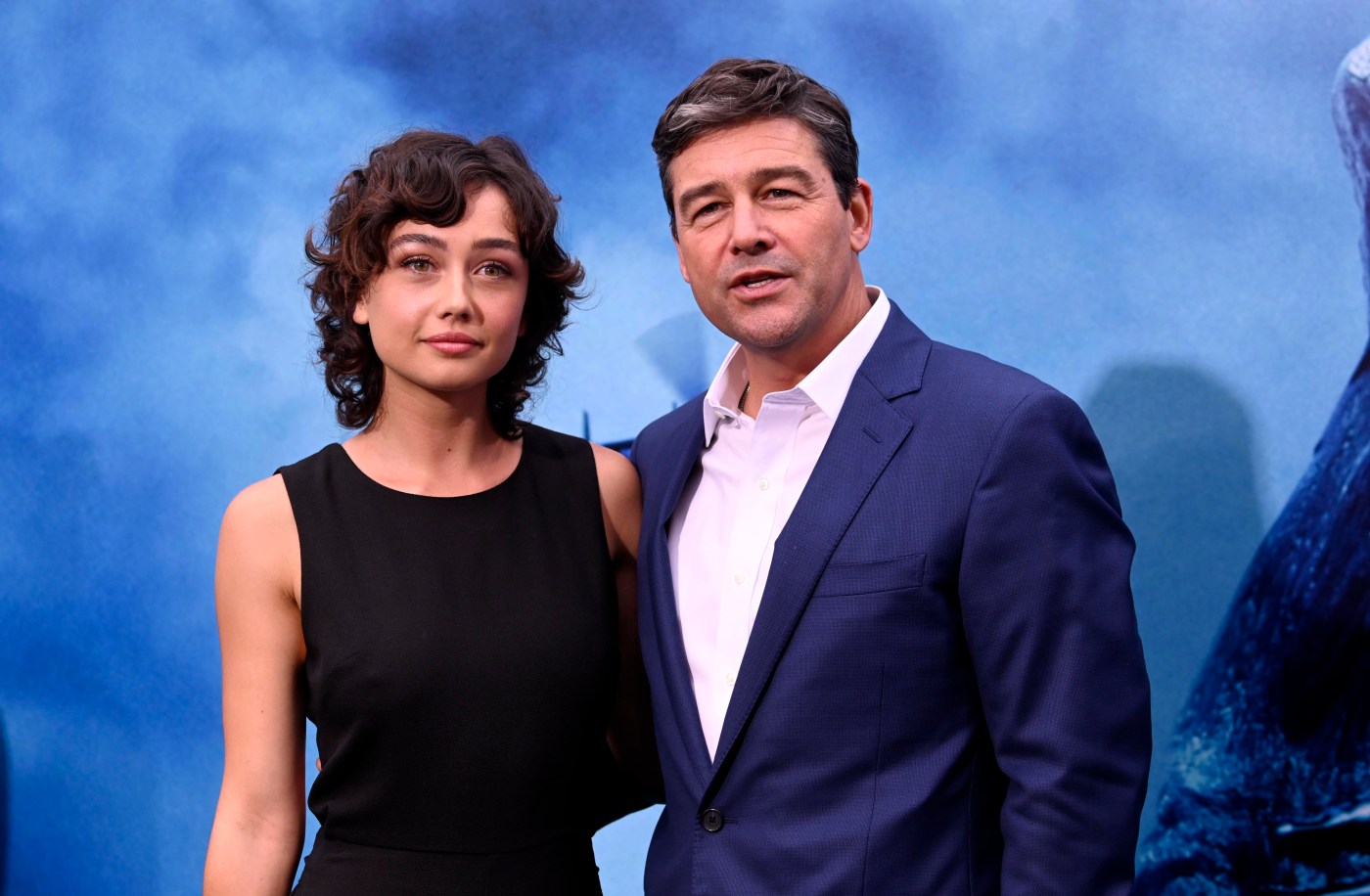Frank Taylor, the longtime San Jose redevelopment director who died this month at 87, lived and reigned through a welter of contradictions. He was a charming man — a Boston native with Tip O’Neill’s instincts — who could flash a fierce temper when crossed.
He was an artist who talked of the “City Beautiful,’’ a sophisticate who could describe the porticos and colors of an Italian town. But he spent much of his time on the nitty-gritty of politics, sometimes suffering defeats that insulted his ambition and betrayed his principles.
He was an Eastern urbanist who held sway for two decades over the center of a one-time agricultural town, a city that had come under the thrall of suburban developers. Refusing to bow to critics, he insisted on importing palm trees to a place that knew oaks and cottonwoods.
I remember one of the last interviews I had with him, in 2003, four years after he was pushed out of the redevelopment agency by Mayor Ron Gonzales. Wearing an old hat that made him look half like a vagrant, the grizzled Taylor was anxious not to be seen as criticizing his successor, Susan Shick.
But as we strolled around, he could not restrain his contempt for her idea of putting a parking garage under Plaza de Cesar Chavez, which would have wrecked the ambiance of one of his remaining jewels. The temper of the old redhead was raw, palpable.
The urbanist
At his zenith, Taylor had the power to lay down the template of a downtown that had been hollowed out by earlier attempts to rebuild. Convening a committee of movers and shakers, he foresaw a convention center, a luxury hotel, an office building, a retail pavilion.
With a flash of financial slyness, the city found a way of funneling tax money from a booming north San Jose to rebuild the central city. And through the magic elixir of bonding, Taylor soon had hundreds of millions of dollars to spend.
The redevelopment chief presided over the largesse with the tactics of a ward boss. He made sure that council members got pet projects — the renovation of a historical home, or a new apartment complex for a key constituency. He was adept at providing the press with tips.
Maybe most important, Taylor enjoyed firm political backing. With the election of Tom McEnery as mayor in 1982, the city was set on the renewal of downtown. To underscore the point, Taylor and McEnery often took Saturday-morning walking tours to inspect the work.
If Taylor’s strategy faced a massive pothole, it might have been that he was imposing an urbanist’s dream on a city where too many people made their money on sprawl. In a sense, he was assigning too much class to a place that started as a cow town and nurtured its funk.
So he did not understand the allure of Manny’s Cellar, a popular dive bar that disappeared when the Fallon House was restored. When he bought an expensive tie at the retail pavilion, I’m not sure he understood how few people would follow.
And even Taylor’s protests couldn’t stop the council from approving Santana Row under McEnery’s successor, Susan Hammer. The irony of his career is that an artificial suburban shopping center provided San Jose with the kind of downtown Taylor envisioned — a walkable place filled with restaurants and shops.
Emphasis on quality
His allies remembered Taylor for his maxims: The places between the buildings were as important as the buildings themselves. Blank walls were bad. The quality of materials mattered.
When the agency bought new trash cans for the public parks, it couldn’t have just any trash cans. It had to have $1,000 trash cans, with an elegant city seal.
Related Articles
Tribes file lawsuits challenging approval of Bay Area casino project
Berryessa Flea Market vendors ask San Jose for more transparency, commitment amid uncertain future
East Bay advanced manufacturing project moves ahead with property deal
San Jose office building tied to top-tier developer is seized in foreclosure
East Bay nuclear energy center site is bought by nuke decommissioning firm
The emphasis on quality had important benefits. The lattice work inside SAP center redeems its boxy exterior. The drainable soil around the transit mall avoids mudholes. The arching windows inside the convention center reflect an architect’s genius.
But for all his power, there were times when Taylor was unable to hold to his own principles. When the Fairmont Hotel faced bankruptcy, Taylor surrendered the city’s control over the entrances and exits, a central point of encouraging circulation.
Sadly, Taylor didn’t have time to change the trajectory of the city fundamentally. Gov. Jerry Brown killed off redevelopment by 2012. And what he didn’t end, COVID helped to dash eight or nine years later.
Downtown has had signal victories — City Hall, the arena, the new library. But in its old core, it is still a work in progress, covered by the acne of poverty and neglect. The old redhead might curse. But he would understand the contradiction.
Scott Herhold is a former columnist for The Mercury News.





